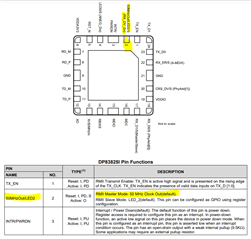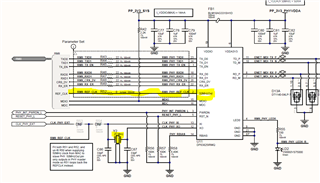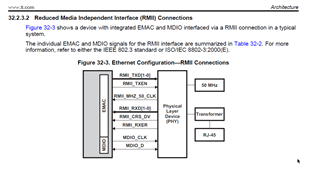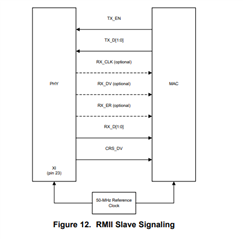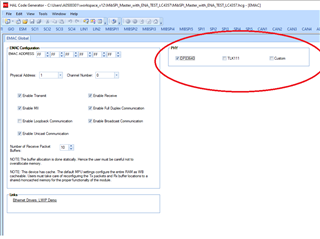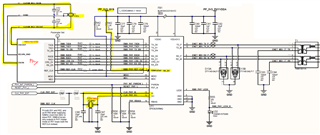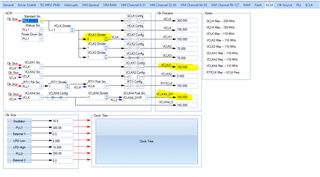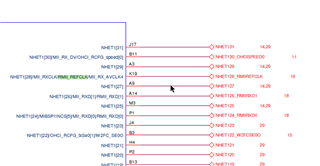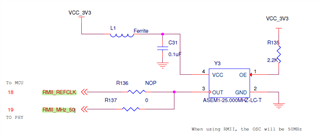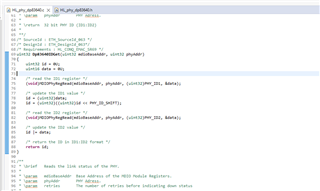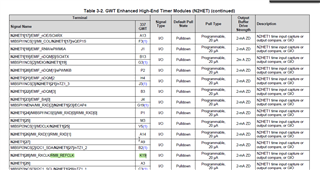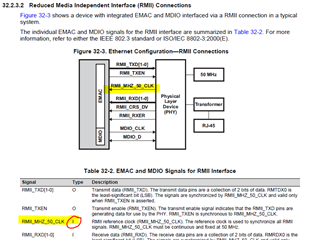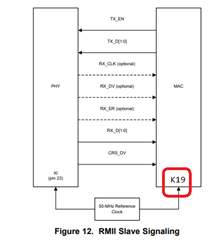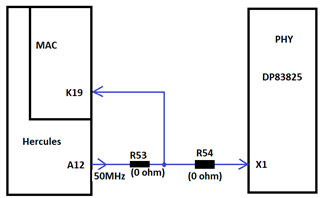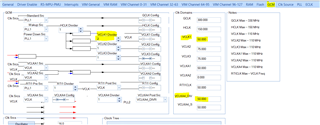Other Parts Discussed in Thread: HALCOGEN, DP83640, DP83630
Hi,
We have designed a custom board using TI TMS570LC4357 chip. I am using Halcogen to generate the drivers for the peripherals to activate.
I successfully configured drivers for all required peripherals but facing issues in configuring UDP using RMII interface.
I am using FreeRTOS, ADC, SPI, UDP and I2C.
My UDP port using RMII interface is not working. Can you let me know the correct configuration to activate RMII drivers using Halcogen.
Steps I used to activate RMII drivers:
1> Activate drivers as shown below in Halcogen --> Driver Enable Tab:
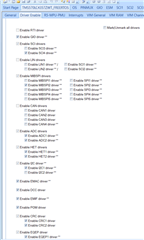
2> Select RMII in PINMUX --> Pin Muxing tab:
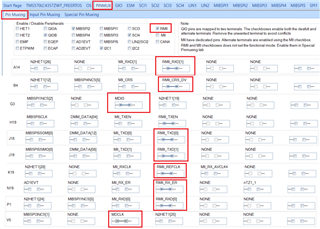
3> PINMUX --> Input Pin Muxing tab:
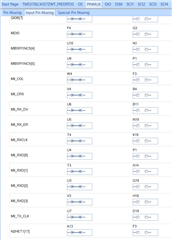
4> Activated RMII in PINMUX --> Special Pin Muxing" Tab:
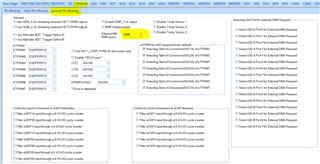
5> In EMAC --> EMAC Global tab:
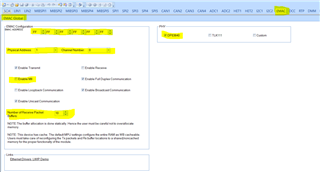
6> Generate code.
As mentioned and shown above, I performed these configurations in Halcogen followed by generate code, to activate RMII drivers.
Below is the hardware connections:
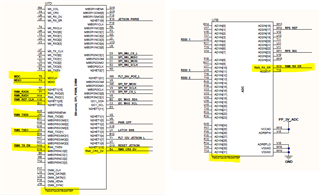
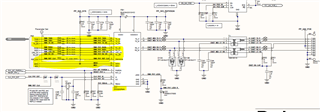
Can you please let me know the followings:
Question1 : Are these Halcogen configurations correct or requires more configuration?
Question 2: Is hardware setup is correct specially MDIO and MDCLK?
Question 3: I am not using Lwip. I am using FreeRTOS functions. Do we have any example how to use Lwip library with RMII interface, which I can refer ?
Any help will be appreciable.
Regards
Vivek


